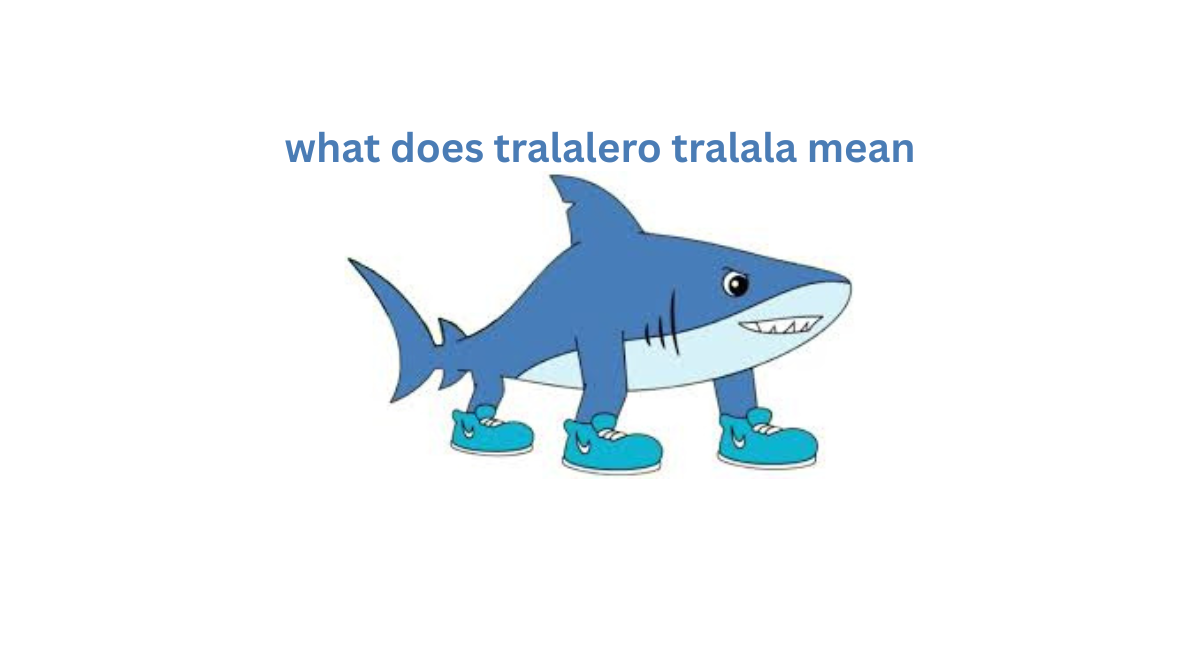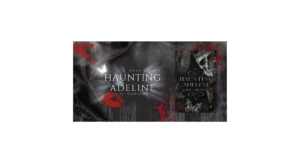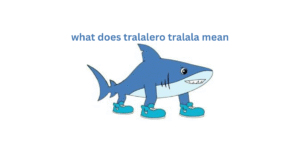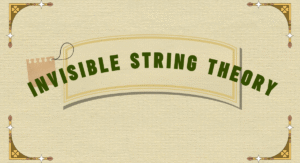Haunting Adeline Explained: #1 Dark Romance, Obsession, and Twisted Desire
Introduction to Haunting Adeline
Haunting Adeline by H. D. Carlton is not a run-of-the-mill romance novel. It travels into darker realms: obsession, power, distorted desire, and psychological manipulation. The story entwines the mystery of a gothic mansion, secret family histories, a stalker vigilante with questionable ethics, and a heroine caught between fear and desire. For most readers, it’s a disturbing but addictive ride — one that compels us to consider what love is when muddled by darkness.
Here, we’ll disassemble the major themes, characters, controversy, and psychological complexity of Haunting Adeline. If you’re a dark romance fan or simply wondering (or wary) why this book has both fascinates and polarizes readers, we’ll delve into why it’s more than salacious content: it’s an exploration of obsession, trauma, moral gray areas, and what it is to desire and to be desired even in perverse ways.
What is Haunting Adeline — Plot Summary
Haunting Adeline starts when Adeline Reilly inherits her grandmother’s mansion a mansion that is packed with creepy rooms, secret diaries, and deep secrets. Moving in, Adeline anticipates isolation, perhaps inspiration for her writing. But she begins to have strange experiences that imply that her grandmother’s horrific past is not so past. She also finds herself noticing a man, Zade Meadows, who is not just an outsider. He stalks her, watches her, intrudes at times.
But Zade also heads an underground campaign to combat sex trafficking and saves lives muddying everything up. Fear grows into fascination gradually, and unwanted intrusion morphs into a macabre waltz of attraction and terror. All this adds up to a tense, unsettling tale in which Adeline has to choose how much authority she wields, how much depravity she will endure, and how much of her own independence she can retain when lust and peril meet
Main Characters: Adeline & Zade
Adeline Reilly is smart, multidimensional, and profoundly haunted by her family’s past. Acquiring the mansion does not only gain her property but secrets as well. Her past trauma, creative desire for space, and susceptibility to being watched all fuel how she responds to Zade. She is not a passive victim; she is emotionally and morally conflicted. She fears, resists, yet is also attracted.
Zade Meadows is arguably the most ethically complex character.
He is possessive, intrusive, occasionally violent. But he also perceives himself as a guardian, particularly in his crusade against human trafficking. His possessiveness of Adeline goes beyond bounds — he stalks, spies, manipulates but he strongly believes that his emotions are love, and that his actions are righteous in the name of protection and passion. His darkness makes him dangerous; his motivation confounds the reader’s assessment.
Other supporting characters (such as Adeline’s grandmother’s legacy, diaries, friends) have roles to reflect, mirror, or contrast the underlying themes, particularly surrounding secrets and moral boundaries.
Themes of Obsession and Power Dynamics
One of the most dominant threads throughout Haunting Adeline is obsession. Zade’s obsession with Adeline is never-ending, extending far beyond admiration to surveillance, invasion, and taking possession. This love is not gentle; it’s choking. His obsession isn’t merely about having Adeline, but it’s about owning her, shaping her life, and claiming dominance. The dynamic of power changes moment by moment: sometimes Adeline is helpless, while other times she invokes her own inner power.
Another similar theme is freedom vs. control. Adeline desires creative and personal freedom. Zade interferes. But in a paradox, Adeline at times feels safe or even drawn to his protection or presence making it difficult to define what comfort or consent truly is under duress. It poses tough questions: how much can be present at the same time as desire? When does protective action turn oppressive?
Trauma, Healing, and Family Secrets
Trauma is central. Adeline’s past, her relationship with her grandmother (and great-grandmother Gigi), the inheritance of emotional wounds and mysterious deaths all feed into her present. The house itself Parsons Manor is a character of sorts, with its histories, its hidden journals, its shadows. Secrets from Gigi’s past, including her murder, haunt Adeline both literally and metaphorically.
Healing in this narrative is not neat or linear. It’s dirty. Adeline has to face her fears; Zade has to face his demons (if he is capable). Whether or not either of them truly heals, or if it is even possible, hangs in the balance. The past’s legacy, the ghosts (real or metaphorical), require that Adeline come to terms with what was silenced both for her and the women who came before her.
Dual Narratives & Moral Ambiguity
The story alternates points of view: Adeline’s and Zade’s. This duality is crucial because it enables readers not just to witness how Adeline is impacted — scared, fascinated, conflicting — but also the way Zade rationalizes himself inwardly. It reveals his intentions, his moral rationalizations, and the way he rationalizes behavior that is extremely disturbing.
Moral complexity pervades. There are no easy heroes and villains. Zade does courageous work combating human trafficking, but also crosses boundaries in his fixation. Adeline is victimized, yet she is also a part of the dynamic — she is enticed in, at times intrigued, at times consenting in messy ways. The book makes the reader hold attraction and revulsion. It complicates romanticization of poison.
Dark Romance Tropes and Controversial Elements
Some of the standout tropes in Haunting Adeline:
Stalker/Obsessive Love – Zade observes, intrudes on private spaces, controls.
Dubious Consent / Non-Consensual Elements – Some scenes are ambiguous in terms of consent, provoking scandal.
Moral Gray / Anti-Hero Love Interest – Zade is neither merely evil nor merely good.
Gothic Setting / Haunted House – The mansion, diaries, ghosts literal and metaphorical.
These aspects render the book fascinating to certain readers and profoundly disturbing to others. They are boundary-pushing. They also ask: how far is “romance” when there is fear, control and obsession involved? And do people want to support someone who, from one view, is so problematic?
Setting & Atmosphere: The Gothic House and Hauntings
The atmosphere of Parsons Manor (Adeline’s estate inherited from her grandfather) works virtually as if it were a character. Its Gothic design, crumbling corridors, secret rooms, diaries, ghosts (or actual) all evoke an atmosphere of fear and curiosity. The house holds the burden of the past. It heightens Adeline’s loneliness and vulnerability.
There is also a sense of menace. Carlton employs suspense, subtle hints, voyeurism, and slow discoveries to maintain suspense. The split narrative moving from internal monologues, journaling by Adeline’s grandmother, and the view of Zade creates an immersive experience of being watched, of secrets needing to spill out, of the past bursting into the present.
Reader Responses: Why It Both Shocks and Captivates
Most readers are attracted by the high-tension, the sexual thrill infused with danger, the forbidden atmosphere. The concept of the “dark protector” is appealing to many; Zade’s struggle against trafficking makes him a moral character, and this makes his other more frightening actions more complex. The gothic atmosphere, the twisty story, the edge-pushing scenes make the novel hugely “read into the night” stuff.
Conversely, most readers are strongly uncomfortable with some of the things: sex that is not and never can be consensual, stalking made normal, psychological manipulation. There are readers who criticize it as glamorizing abuse. Others think that the book is written for adult readers who are able to distinguish between fantasy and reality. The Readitluck discussions on Reddit indicate fascination and concern.
Ethical Questions: Consent, Manipulation, and Love
One of the most difficult things about Haunting Adeline is untangling where the lines are:
Consent: What is consent when one person is afraid, when one is being manipulated, or when power is uneven?
Manipulation vs. Protection: Is there ever a reason to control someone “for their own good”? The novel makes readers wonder if protection can be love, or if control always taints.
Romanticizing Toxic Behavior: When does obsession cross the line from romance into harm? If a character is attractive, charismatic, even doing righteous things, does that excuse or mitigate abusive actions?
Reader Responsibility: For the readers, there is a responsibility to know the content, the triggers, and to critically think about what they are reading. Fiction permits one to delve into dark themes, but it does not remove the effect of normalizing some of these behaviors. Haunting Adeline brings these matters into razor-sharp focus.
How Haunting Adeline Stacks Up Against Other Dark Romances
In the dark romance, some tropes crop up again: obsession, anti-heroes, dub-con situations, moral gray areas, gothic atmospheres. What Haunting Adeline does instead (or more radically) is introduce very serious outside threats like human trafficking, complicated family secrets, and an oppressively physical setting. The tone flips between fear and desire in a way that lots of dark romances promise but don’t necessarily commit to. Controversy over Haunting Adeline is also what makes it unique — the discussions it provokes over what is acceptable, what is art, and what is harmful.
FAQs
Is Haunting Adeline a single novel?
No it’s a series. There are sequels that continue the story. Many versions also include it bundled with Hunting Adeline.
Are there trigger warnings or content warnings that readers need to be aware of?
Yes. Stalking, dubious consent, psychological abuse, violence, non-consent or dubiously consent scenes, dark child trafficking themes, and emotional manipulation are all included in the book.
Is Zade an anti-hero or villain?
Zade is morally complex an anti-hero. Even though he does vigilante work and plays protective roles, much of what he does is intrusive, manipulative, and risky.
Does Adeline fight back or is she passive?
Adeline is not only a victim. She resists, she questions, she investigates, she attempts to recover agency. But her emotional path is complex, and she also grapples with attraction, fear, and trauma.
Conclusion
Haunting Adeline is a book that defies what most readers want from romance. It is not tender. It is not easy. It has the temerity to pose uncomfortable questions regarding desire, domination, and what love (or being loved) looks like when there is fear. In Adeline and Zade, H.D. Carlton creates a picture of obsession in all its guises, of power plays that turn and shift, and of secrets that plague houses and hearts alike.
What gives the book its strength is not necessarily its erotic tension or gothic landscape, but its moral nuance. Zade is at once protector and predator; Adeline victim and participant; love is entwined with manipulation, protection, violence, specters of the past. The novel demands readers to hold their discomfort: to see how desire can be perilous, how admiration can tip into control, how sometimes the distinction between love and obsession is almost imperceptible.














Post Comment